Plum cake is always a little sour. This one is sweetened with agave nectar but not much to keep that special plum flavour.
It is customary to serve plum cakes with cream. With this pie it is optional and certainly a good complementary flavour.
 GET
GET450g wholemeal organic spelt flour
1 heaped tbsp honey
2 eggs
125g butter
1.5kg organic Damson plums (Damask plums)
3 tbsp agave nectar
50g organic icing sugar
lemon juice
DO
Put flour in a large bowl.
Add honey in the middle and eggs.
Mix together with some flour into a paste using a wooden spoon.
Cut in butter. Mix.
Knead together into a pastry. Add more flour if sticky, more butter if not smooth. Cool.
Remove stems from plums.
Halve and stone them. Remove any woody matter near the stems. Cut into quarters.
 Butter a 28 cm round spring form.
Butter a 28 cm round spring form.Cut pastry into 3 pieces for the pie (2 equal, one smaller).
Roll out one piece for the bottom, make 3 cm sides with the small piece. Save the other piece for the top.
Cover the bottom of the pie shell with greaseproof paper and put a few weights on it (e.g. nuts or metal spoons).
Bake on second shelf for 10 minutes at 190°.
Remove from oven, remove paper and weights. Reduce oven heat to 150°.
Arrange the plum quarters in a circular form starting at the outside of the pie shell and overlapping them towards the middle.
Repeat this arrangement on top of the first layer so that the pie is full up to the level of the sides.
 Slowly and evenly pour agave nectar on the plums, rather less than more.
Slowly and evenly pour agave nectar on the plums, rather less than more.Roll out the remaining pastry and cover the pie with it.
Press down the edges using a patterned object (e.g. knife tip, lemon zester) to seal the pie.
Bake a further 60 minutes.
The pie shell should be light in colour. If the pie looks brown cover with paper while baking.
Loosen the pie from the bottom and sides of the form with a knife after 10 minutes and remove from form. Cool on a cake plate.
Sieve icing sugar. Mix in lemon juice until a sticky mass forms. Decorate the pie with it using a spoon (for example).

It is important to find the right balance between undercooking the plums inside the pastry and over-baking the pastry. Hence the long baking time at a low temperature. To avoid burning the pastry, paper may be used to cover the pie during the baking process. In this way the plums keep cooking inside but the surface is not exposed to strong direct heat.
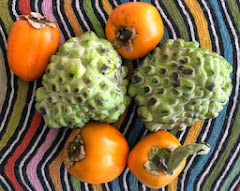



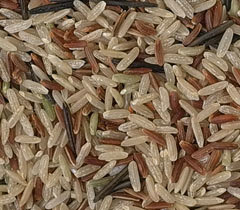
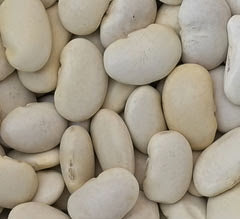


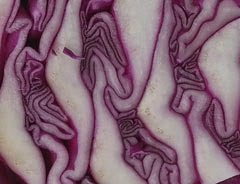



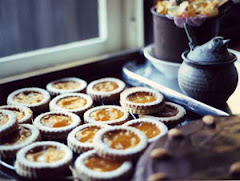
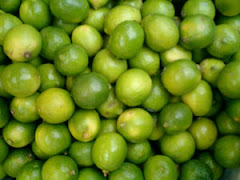
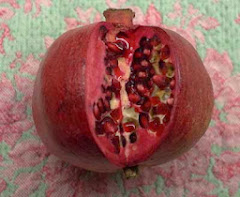
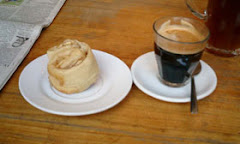
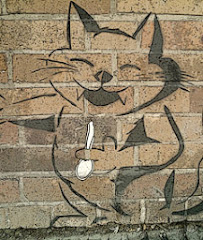


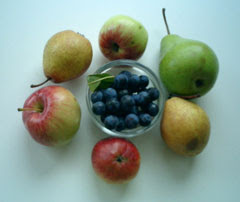


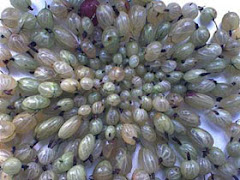
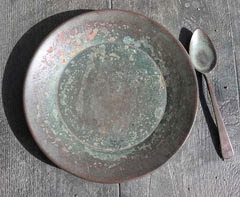





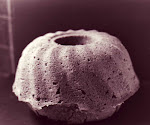
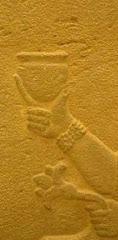

No comments:
Post a Comment